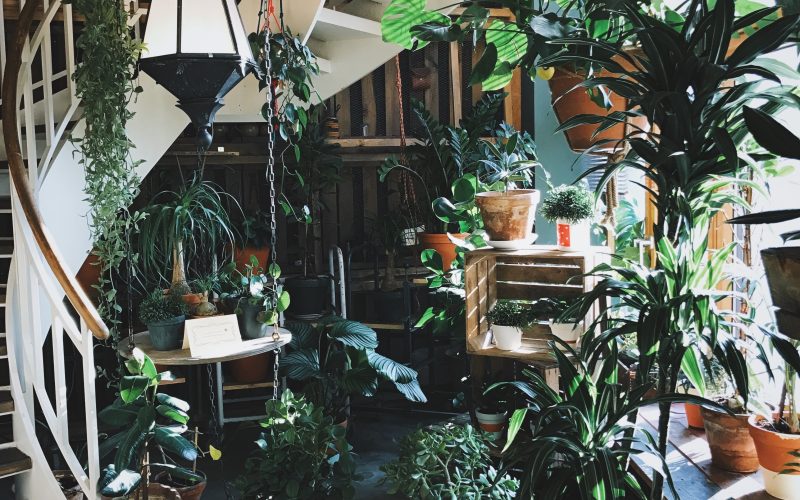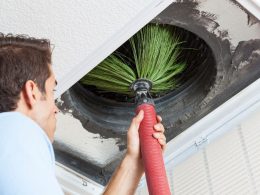Houseplants are a great way to add some greenery to your home and improve air quality. However, not all houseplants are created equal. Some are easier to care for than others, and some require more attention to thrive. In this article, we’ll take a look at the 10 most popular houseplants and how to keep them thriving.
1. Snake Plant (Sansevieria trifasciata)
The snake plant is one of the easiest houseplants to care for. It can tolerate low light and infrequent watering, making it perfect for beginners. To keep your snake plant thriving, place it in a bright spot with indirect sunlight and water it only when the soil is completely dry.
2. Pothos (Epipremnum aureum)
Pothos is another easy-to-care-for houseplant that can tolerate low light and infrequent watering. It’s also a great air purifier, making it perfect for bedrooms and other areas where you spend a lot of time. To keep your pothos thriving, place it in a bright spot with indirect sunlight and water it only when the soil is dry to the touch.
3. Spider Plant (Chlorophytum comosum)
The spider plant is a popular houseplant that’s known for its air-purifying properties. It can tolerate low light and infrequent watering, making it perfect for beginners. To keep your spider plant thriving, place it in a bright spot with indirect sunlight and water it only when the soil is dry to the touch.
4. Rubber Plant (Ficus elastica)
The rubber plant is a popular houseplant that’s known for its large, glossy leaves. It can tolerate low to medium light and infrequent watering, making it perfect for beginners. To keep your rubber plant thriving, place it in a bright spot with indirect sunlight and water it only when the soil is dry to the touch.
5. ZZ Plant (Zamioculcas zamiifolia)
The ZZ plant is a popular houseplant that’s known for its ability to tolerate low light and infrequent watering. It’s also a great air purifier, making it perfect for bedrooms and other areas where you spend a lot of time. To keep your ZZ plant thriving, place it in a bright spot with indirect sunlight and water it only when the soil is completely dry.
6. Fiddle Leaf Fig (Ficus lyrata)
The fiddle leaf fig is a popular houseplant that’s known for its large, violin-shaped leaves. It requires bright, indirect sunlight and regular watering to thrive. To keep your fiddle leaf fig thriving, place it in a bright spot with indirect sunlight and water it when the top inch of soil is dry.
7. Peace Lily (Spathiphyllum)
The peace lily is a popular houseplant that’s known for its ability to purify the air. It requires low to medium light and regular watering to thrive. To keep your peace lily thriving, place it in a bright spot with indirect sunlight and water it when the soil is dry to the touch.
8. Chinese Evergreen (Aglaonema)
The Chinese evergreen is a popular houseplant that’s known for its ability to tolerate low light and infrequent watering. It’s also a great air purifier, making it perfect for bedrooms and other areas where you spend a lot of time. To keep your Chinese evergreen thriving, place it in a bright spot with indirect sunlight and water it only when the soil is completely dry.
9. Boston Fern (Nephrolepis exaltata)
The Boston fern is a popular houseplant that’s known for its ability to purify the air. It requires bright, indirect sunlight and regular watering to thrive. To keep your Boston fern thriving, place it in a bright spot with indirect sunlight and water it when the soil is dry to the touch.
10. Aloe Vera (Aloe barbadensis)
Aloe vera is a popular houseplant that’s known for its ability to soothe burns and other skin irritations. It requires bright, indirect sunlight and infrequent watering to thrive. To keep your aloe vera plant thriving, place it in a bright spot with indirect sunlight and water it only when the soil is completely dry.
In conclusion, houseplants are a great way to add some greenery to your home and improve air quality. The 10 most popular houseplants listed above are all relatively easy to care for and can thrive in a variety of conditions. By following the care instructions provided, you can keep your houseplants healthy and thriving for years to come.












